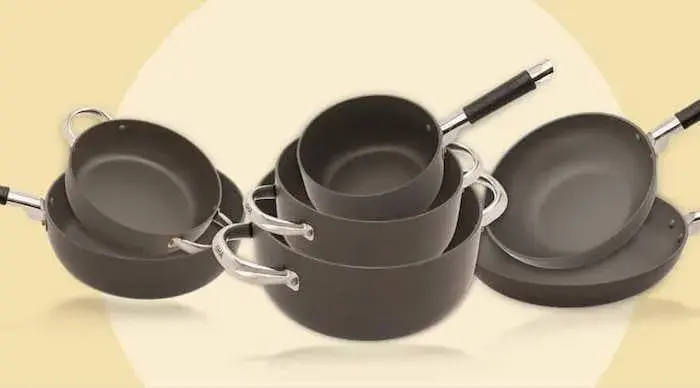The frying pan is one of the most popular cooking tools around the world. Its use is practically essential in the kitchen, and many preparations absolutely need to be cooked in a pan.
The shape and size of the pan can vary and satisfy every need. In fact, depending on what we have to prepare and how many people we have to serve, it is necessary to choose the right diameter.
Every pan has to be used in a certain way, and these recommendations depend on the material and its purpose.



How to use the pan based on the preparation
A classic frying pan can be used for surface frying, with a little oil, of meat, fish, or vegetables. It is excellent for the preparation of side dishes and for the classic omelet or fried eggs.
- The flat pan, on the other hand, has very low and almost nonexistent edges. Its use is ideal for preparing crepes, pancakes, or grilling meat or vegetables.
- The work, on the other hand, is a pan with a particular shape. It is narrower in the lower part and gradually widens toward the surface. This aspect makes it perfect for creaming rice or, in general, "sautéing" food.
- The multifunction pan is instead a very useful tool because it allows us to prepare more foods at once. The bottom is divided into four compartments where you can insert the various foods.
How to use the pan according to the material
The right use of a frying pan depends not only on its use but above all on its material.
The ceramic coating discreetly diffuses and retains heat. In this case, the temperatures must not be excessively high, but the ceramic has limited non-stick properties. Therefore, it is advisable to always use a liquid base or seasoning to cook foods. Also, in this case, it is always better to avoid sharp tools and aggressive washing.

When the pan is covered in "stone," or rather "stone effect," the non-stick effect is even superior to Teflon. It is a resistant material, but it takes time to heat up.
Iron cookware is very sturdy and has very good natural non-stick capabilities. They also resist high temperatures, but it is better to use them for short cooking times, such as frying and browning. It is best to avoid the dishwasher and wash iron frying pans very carefully, also avoiding contact with acidic foods.
Steel is, together with aluminum, the most common material in the production of crockery. It is very hygienic and resistant, but it is not excellent in heat conduction. It is especially indicated for long cooking, broths, soups, or boiling pasta. Even steel does not have non-stick properties; indeed, it is one of the worst materials from this point of view.
| https://www.boredpanda.com/?p=4873147 |
| https://teletype.in/@homegoods/UAJbDOZdbNZ |
| https://hackmd.io/@donnaparker/Bktfu1BTs |
| https://wakelet.com/wake/DtFBtQDQoHSL5Jw8CHbRw |
| https://kitchenrenoation.yolasite.com/ |
| https://kitchen-utensils-and-gadget.jimdosite.com/ |
| https://www.mioola.com/thehomeadvise.com/ |
| http://kitchenstyle.wikidot.com/ |
